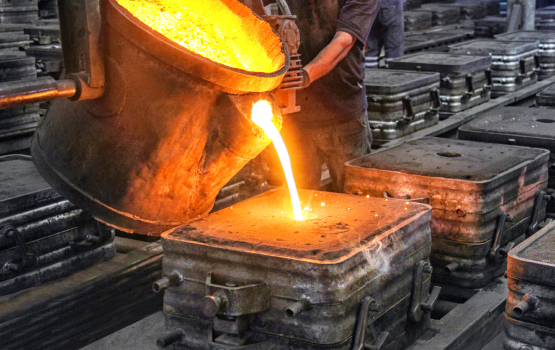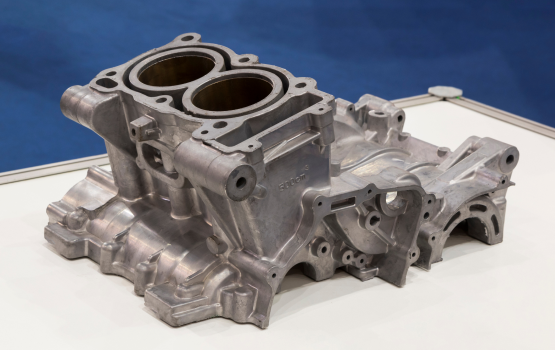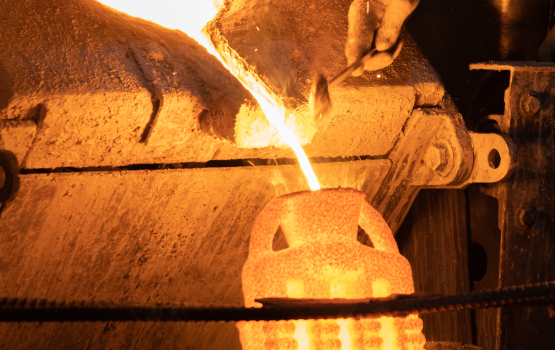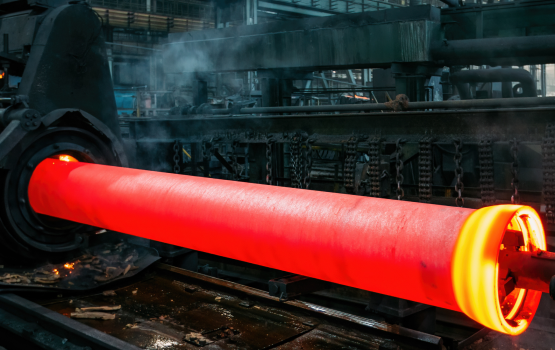
In sand casting, molten metal is poured into an expendable sand mould cavity by gravity or force, where it solidifies to form the cavity shape part. Sand casting is one of the most popular and easiest types of casting and has been used for centuries. Sand casting can cast most metals, depending on the type of sand used to make the moulds.
Sand casting is typically based on silica-based materials, such as synthetic or naturally bound sand. This cast sand generally consists of finely ground, spherical grains that can be tightly packed together to form a smooth mould surface. The sand can also be strengthened by adding clay, which will make the particles more closely bond.


Die casting is a method of moulding materials by forcing molten metal under high pressure into a mould cavity. Most die castings are made from non ferrous especially zinc, copper, and aluminum-based alloys. However, iron metal die-cast parts are possible.
The die casting process is particularly suitable for applications in which many small to medium-sized parts with good details, fine surface quality, and dimensional accuracy are required.
Investment casting, also known as precision casting or lost-wax casting, is a process in which a wax pattern is used to shape a disposable ceramic mould. A wax pattern is made in the exact shape of the item to be cast. This pattern is coated with a refractory ceramic material. Once the ceramic material is hardened, it is turned upside-down and heated until the wax melts and drains out. The hardened ceramic shell becomes an expendable investment mould. Molten metal is poured into the mould and is left to cool. The metal casting is then broken off from the spent mould.

Parts manufactured with investment casting include turbine blades, medical equipment, firearm components, gears, jewelry, golf club heads, and many other machine components with complex geometry.

This method is used to produce pipes by pouring molten metal into a rapidly spinning cylindrical mould in which centrifugal force from the rotation exerts pressure on the molten metal.The process is applied to symmetrical parts such as soil pipes and large cannon barrels and has the advantage of making parts with a minimal number of risers.
Centrifugal casting is used to make long, cylindrical parts like cast iron pipes. It is also used to produce very large gear rings, propeller hubs, flanges, carriage wheels of railway and bearings.